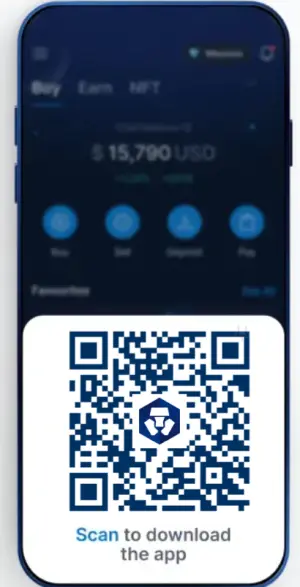Bitcoin has evolved from being a niche digital currency to a widely recognized payment method. Today, you can get Bitcoins easily from exchanges and use them to make purchases — including paying through credit and debit cards. This fusion of traditional banking tools with cryptocurrency opens up convenient payment possibilities for both shoppers and businesses.
How Bitcoin and Cards Work Together
At its core, Bitcoin is a decentralized digital currency stored in a wallet. Credit and debit cards, on the other hand, are tied to traditional banks or payment networks like Visa and Mastercard. The connection between the two happens through payment gateways, crypto debit cards, and third-party services.
When you use Bitcoin to pay via a card, there are usually two main scenarios:
- Crypto-to-Fiat Conversion – A service instantly converts your Bitcoin into local currency at the point of purchase, allowing the merchant to receive regular card payments without handling cryptocurrency directly.
- Direct Crypto Payment (on supporting cards) – Some crypto cards allow direct payment in Bitcoin, deducting BTC from your wallet balance and settling the transaction in real time.
Options for Paying with Bitcoin via Cards
Several services and platforms make it possible to link Bitcoin with traditional card spending:
- Crypto Debit Cards – Issued by companies like Coinbase, Binance, and BitPay, these cards draw funds directly from your crypto balance and work like everyday debit cards.
- Payment Apps – Services such as PayPal (in certain countries) and Revolut let you hold Bitcoin and spend it through their integrated cards.
- Exchange-Linked Cards – Many crypto exchanges offer card programs that automatically convert your BTC balance to fiat at checkout.
Benefits of Using Bitcoin with Credit and Debit Cards
- Wide Acceptance – Any store that accepts cards can process your Bitcoin payments through conversion services.
- Instant Transactions – Conversions happen in seconds, so you can pay without delays.
- Rewards – Some crypto cards offer cashback in Bitcoin, helping you get Bitcoins while you spend.
- Global Spending – Bitcoin-linked cards work internationally, with payments settled in local currency.
Considerations and Limitations
While paying with Bitcoin through cards is convenient, it’s not without its drawbacks:
- Fees – Conversion services may charge transaction or foreign exchange fees.
- Price Volatility – Bitcoin’s price can change rapidly, affecting the amount you spend or receive.
- Regulation – Availability varies by country due to differing cryptocurrency laws.
- Card Issuer Terms – Always check whether your card provider supports crypto transactions directly or via conversion.
Step-by-Step: Paying with Bitcoin via Card
- Get Bitcoins through an exchange, app, or peer-to-peer marketplace.
- Choose a crypto card provider that suits your spending habits and location.
- Load your card with Bitcoin or link it to your crypto wallet.
- Swipe or tap to pay at any merchant — the card processes payment and handles conversion automatically.
- Earn rewards if your provider offers BTC cashback or loyalty bonuses.
Who Benefits Most?
- Frequent travelers – Save on currency exchange fees by spending Bitcoin abroad.
- Digital nomads – Carry fewer bank cards by keeping wealth in crypto.
- Everyday shoppers – Earn Bitcoin rewards or spend directly from their crypto holdings.
The ability to pay with Bitcoin using credit and debit cards bridges the gap between the old and new financial worlds. Whether you’re aiming to get Bitcoins as rewards or simply enjoy the flexibility of spending crypto anywhere, these payment solutions make Bitcoin more practical and accessible than ever.
As technology advances, the line between traditional and crypto payments is fading — making Bitcoin a truly global, everyday currency.


